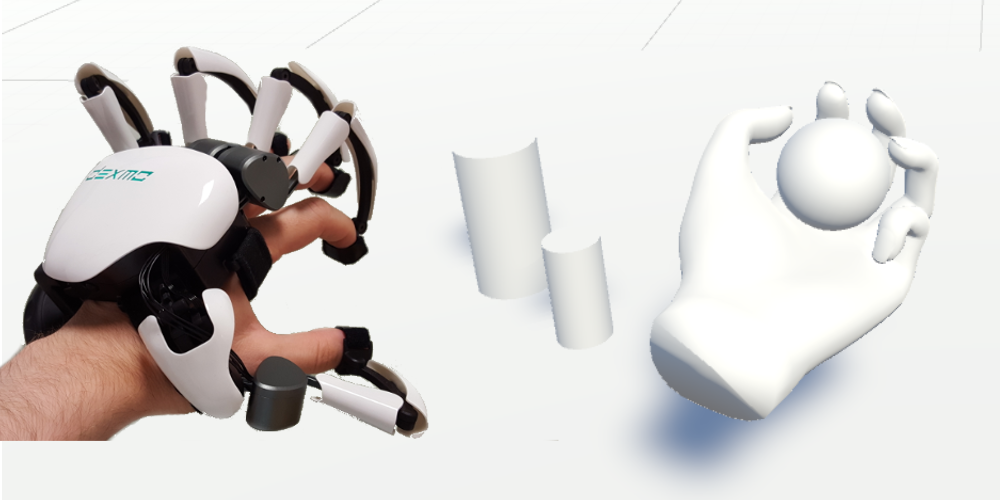Context Aware Networks for Sending Multiple Senses
CASMS is an EPSRC funded collaboration between University College London and University of Liverpool to investigate the requirements of the next generation of telecommunication networks supporting distributed and collaborative virtual reality.
Challenges of Distributed VR
Interactive environments work best when they provide fast and accurate feedback, allowing users to feel as if they are interacting like they would in the real world.
Distributing interactive environments over large distances is challenging because the delays between computers undermine the objective of making the whole system as responsive as possible.
CASMS’ objectives include to better understand what individuals need to interact remotely, and how synchronisation algorithms interact with the latency and bandwidth of a network to enable, or frustrate, this collaboration.

Network and Testbed
The CASMS testbed includes the provision of a high-speed fiber between UCL and UoL enabling L3 connectivity with high throughput and deterministic latency unavailable on the public internet.
The testbed is intended to be accessible to third-party users, allowing them to experiment with their technologies and applications in collaboration with CASMS. Anyone who is interested or would like to learn more is encouraged to get in touch!
New Technologies
The next generation of collaborative virtual worlds will be ever more immersive, not just through improved visual and auditory performance, but through enabling interaction through all five senses.
The CASMS project will experiment with and integrate new technologies, including haptic and olfactory interfaces. In this space CASMS will develop and improve hardware and algorithms for manipulating virtual worlds.

Key is understanding how a collaborative system operates as a whole, and where opportunities lie for improvements with future technologies such as 5G, being explored by partner projects from the same call.
Physically believable worlds need users to experience the same virtual space, but also time. The role of Edge Computing and options for Time Synchronisation are active topics in CASMS, allowing networks to be built of high and low power devices.
Outcomes
CASMS aims to add to the body of knowledge around building distributed AR and VR. The topics addressed relate closely to video games, teleconferencing, collaborative design, teleoperation and robotics.
Our applied research is disseminated through conferences, papers, code and collaborations.
A primary objective of CASMS is to define the requirements for future networks necessary to bring the state-of-the-art worlds in the lab to the future home, office and smartphone.
